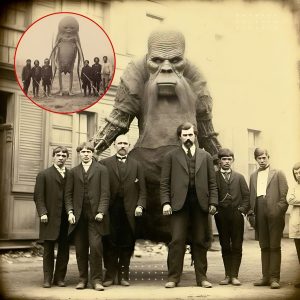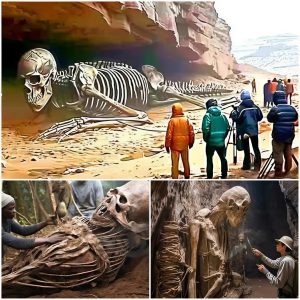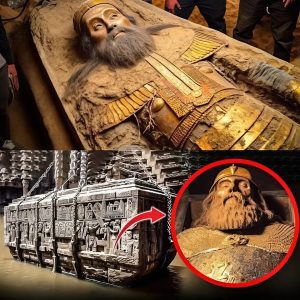
The Ohio River, along which Cincinnati was built, has been central to the city’s fortunes. Steamboats were manufactured here and farmers brought their crops and livestock to be sent downriver. By the early 1800s, Cincinnati was an important meatpacking centre, leading to its nickname, Porkopolis. Iron production was its major industry by the end of the century. Set on the border between the free state of Ohio and the slave state of Kentucky, Cincinnati was seen as a place of escape for many. Pictured here is the Roebling Suspension Bridge around 1867, the year it opened to traffic.

At the time its 1,057-foot (322m) span made it the longest suspension bridge in the world, a record it retained until 1883 when the engineer John A. Roebling’s most famous project, the Brooklyn Bridge, opened. The historic bridge remains one of the city’s major thoroughfares and landmarks today, although it now shares the riverfront with several other bridges. Another 19th-century landmark that remains at the heart of Cincinnati’s community is Findlay Market. One of the oldest public markets in the country, it opened in 1852 in the historic Over-the-Rhine neighbourhood, which was also the centre of the city’s brewing industry and is now a hub of hip brew pubs.








